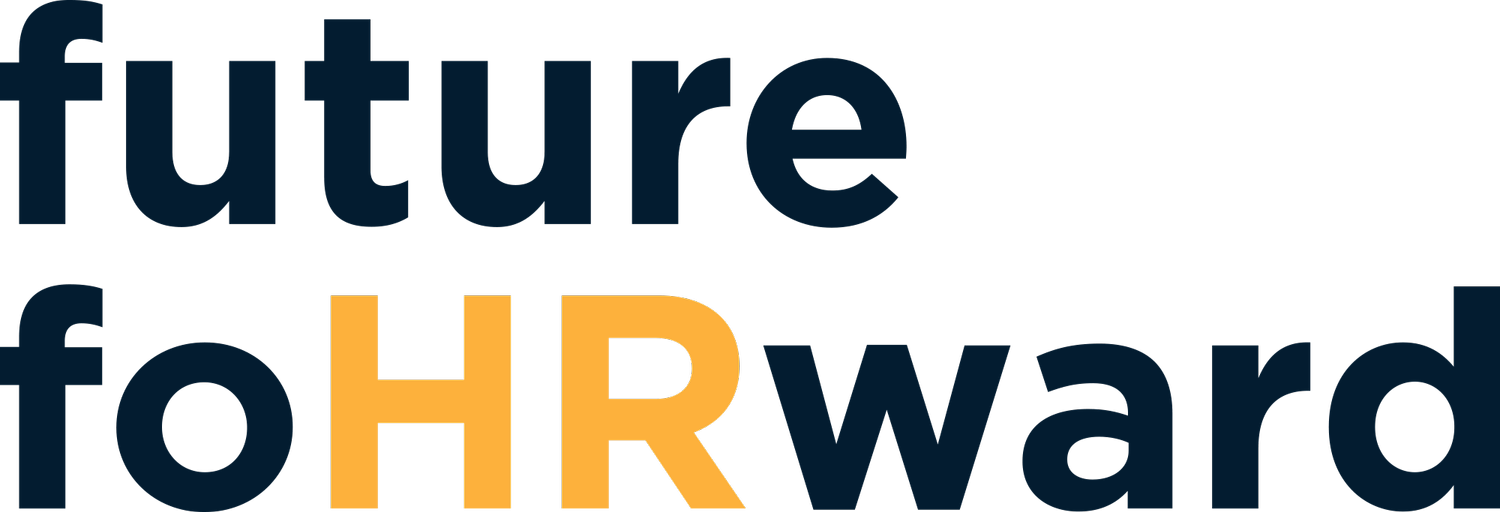the foHRsight podcast: The Four-Day Work Week: Transforming Traditional Work Schedules
Recent data shows a significant shift in workplace dynamics, with a 34% increase in Canadian companies and a 25% increase in UK companies adopting four-day schedules, according to Bright HR. In this episode of the foHRsight podcast, Joe O'Connor, CEO of Work Time Reduction, shares insights on this revolutionary approach to work and how organizations are successfully implementing it.
Understanding the True Four-Day Work Week
"What we're talking about is a genuine reduction in hours for the same salary, but with an expectation to increase hourly productivity and maintain or even improve organizational outcomes," explains O'Connor. This isn't about compressed hours - like working four 10-hour days - or reducing salaries. Instead, it's about driving employee engagement, innovation, and addressing burnout while creating a competitive edge in talent acquisition.
Where it all began:
Irish Public Service Research
O'Connor's interest in work time reduction began in 2018 while leading a research project within Ireland's public service. "We discovered that there were a lot of working parents, mostly women, who had chosen to reduce their work time to better accommodate caring domestic responsibilities outside of work," he explains. Despite taking pay cuts along with reduced hours, these employees maintained largely the same job expectations and responsibilities.
This observation of sustained productivity with reduced hours sparked O'Connor's interest in exploring work time reduction as a broader concept. O’Connor has since worked with many organizations on their worktime reduction strategies. Two examples he shares in the podcast conversation are:
Software Industry Application
Sensei Labs, a Toronto-based software firm with approximately 90 employees, implemented the four-day week to compete for talent. "We struggle to compete with Meta and with Google for engineering talent purely based on salary," O'Connor shares, explaining how the company used reduced hours as "an alternative creative way to keep our best people and bring really good talent in the door."
Insurance Sector Innovation
O'Connor mentions working with an insurer in the UK that used the four-day week as a strategic tool to encourage more in-person collaboration post-Covid, demonstrating how organizations can adapt the model to meet specific organizational goals.
Implementation
O’Connor shares a high-level overview of the implementation framework and timelines, as well as a few of a variety of models he recommends when working with clients:
Phase 1: Diagnostic Discovery
Organizations undergo a comprehensive assessment including:
- One-on-one interviews
- Group sessions
- Organization-wide surveys
- Meeting and processing observations
- Documentation review
Phase 2: Planning and Design
"You're not making these changes while building the aircraft while it's in flight," O'Connor emphasizes. "You're making these changes upfront so that by the time you've introduced your work time reduction policy... your teams and your people have figured out what they need to do to operationalize this.
Phase 3: Pilot and Coaching
The final phase involves:
- Minimum six-month pilot period
- Ongoing coaching support
- Focus on developing sustainable habits
O’Connor also shares ballpark implementation timeframes, as well as some ideas of different models to consider:
For organizations with 40-300 employees:
- 2-3 months for initial discovery
- 3-6 months for planning and preparation
- 6+ months for pilot phase
For larger organizations, like the UK company with tens of thousands of employees that O'Connor mentions, implementation might require 4-6 years for full rollout across global operations.
There are many approaches to reduced work time:
- Traditional four-day week with a universal schedule
- Nine-day fortnight
- Half-day Fridays
- Customized schedules for different teams
For example, O'Connor shares his own experience:
"I work a half day on Friday, so I tend to clock off at about 12 o'clock on a Friday. But I also have the flexibility to take time back at other stages during the week as it suits me."
Making It Work
Like O’Connor said, the objective of these alternative working models is not about adding more hours to remaining days, it’s about reducing the actual hours worked while maintaining or increasing productivity.
Key areas organizations typically need to address include:
- Overlong and unnecessary meetings
- Distractions and interruptions
- Technology optimization
- Streamlined decision-making processes
"Practicing smart work habits is very much like practicing a musical instrument," O'Connor explains. "It isn't necessarily natural after years or decades of approaching work in a certain way."
Success and Sustainability
According to O'Connor's academic partners at Boston College and UOT, who conduct 12-month follow-up surveys, the majority of organizations maintain positive results long-term. However, there are some that don’t sustain the change, due to a variety of factors, including changes in leadership or corporate ownership. Change management throughout the 3 phases is critical for longer term sustainability.
Looking FoHRward
The future of reduced work hours looks promising. As Nobel Prize-winning economist Christopher Pissarides suggests, employers will increasingly develop perks and flexibility offerings based on employee demands. O'Connor predicts that as younger generations become more influential in leadership positions, the four-day week will become "just a thing that organizations do.”
For organizations interested in exploring this transformation, O'Connor can be reached through worktimereduction.com or via email at joe@worktimereduction.com.




